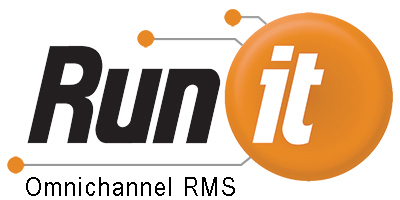Moving away from traditional point of sale (POS) systems offers brick-and-mortar retailers a host of benefits, ranging from lower cost solutions to better inventory management. Legacy systems may have custom-built platforms, but they often require more maintenance and higher annual fee structures. As web POS systems become more available and begin to integrate more services, these point of sale systems become the industry standard. Here are just a few ways that updating to a web POS can benefit a retail store.
Cutting POS Costs
A traditional POS system involves a substantial upfront investment, costing anywhere from $3,000 to $50,000 per year. Businesses typically pay a nonrefundable licensing fee, per register, to install the software. Then, stores face an additional charge each year for updates and technical support. Training on how to use the system often comes at a cost separate from the fees already paid. In a web POS scenario, charges are usually on a month-to-month basis with no software licensing and no surprise fees. The total cost can run anywhere from around $600 to $10,000 each year. Training may also be available through the provider’s website. Additionally, installation is more streamlined and requires minimal hardware, helping to keep the cost per terminal very low.
Adding in Inventory
While a web based POS can lower costs, businesses can also get more services compacted into a single platform. POS inventory management is a big advantage from Software as a Service (SaaS) POS providers. According to SnapRetail, inventory management is one of the most desirable pieces of a web POS with 93 percent of retailers looking for a built-in solution. Every delivery and transaction can be automatically added into or deducted from inventory. The simplicity of keeping all of the information available on a single platform improves inventory tracking and delivery to the customer.
Real-Time Reporting
When transactions automatically deduct from inventory, reporting becomes more readily available. Owners and managers can see sales on a minute-by-minute basis, allowing for improved purchasing control. With store location information, retailers can better identify hot selling points throughout the store. Using data about sales combinations, stores can gain a better idea of which products to pair together in displays. In-depth reporting in real time allows retailers to streamline purchasing and better utilize every square inch of display space.
Improved Customer Management
Sales tracking and in-depth reporting also lead to better customer management. Each transaction can be linked to a customer loyalty account, facilitating the ability to offer personalized sales and discounts. Retailers can track purchase history for a customer and provide recommendations tailored to each shopper. Web POS can also enable cross-channel purchasing, where customers start shopping online and complete a sale in store. Right now, 34 percent of “Best-in-Class” retailers have already upgraded their store POS systems to handle cross-channel purchasing. When a new product comes in, sales associates can send out customer-specific offers. Integrating customer management into the POS software allows those on the sales floor to quickly make notes in customer accounts, follow-up on multi-part sales, and scan a customer’s history to make better recommendations.
On-the-Go Availability
A web POS gives users the ability to access most features from any location. Since the data is stored via web portal, a store manager can log in from home to see how an evening shift performs. Mobile sales teams can still handle sales tracking through the same POS system, allowing management to see performance and monitor transit times.
Switching to a SaaS POS Model
Making the switch to a web POS can improve customer engagement, lower costs and give management more information for strategic planning. Big data allows small businesses to stay competitive with more personalized analytics that delve deeper into sales tracking and important metrics.





